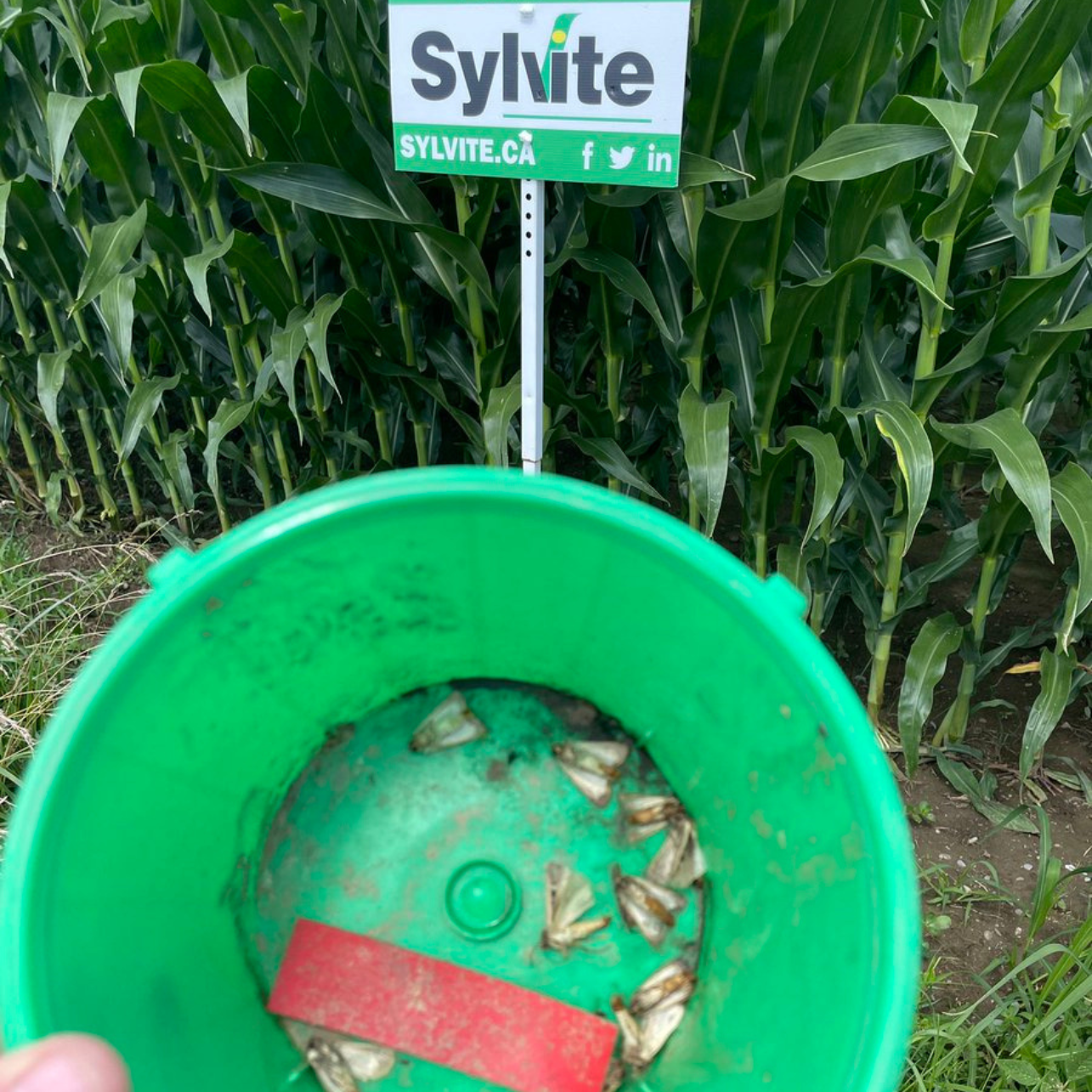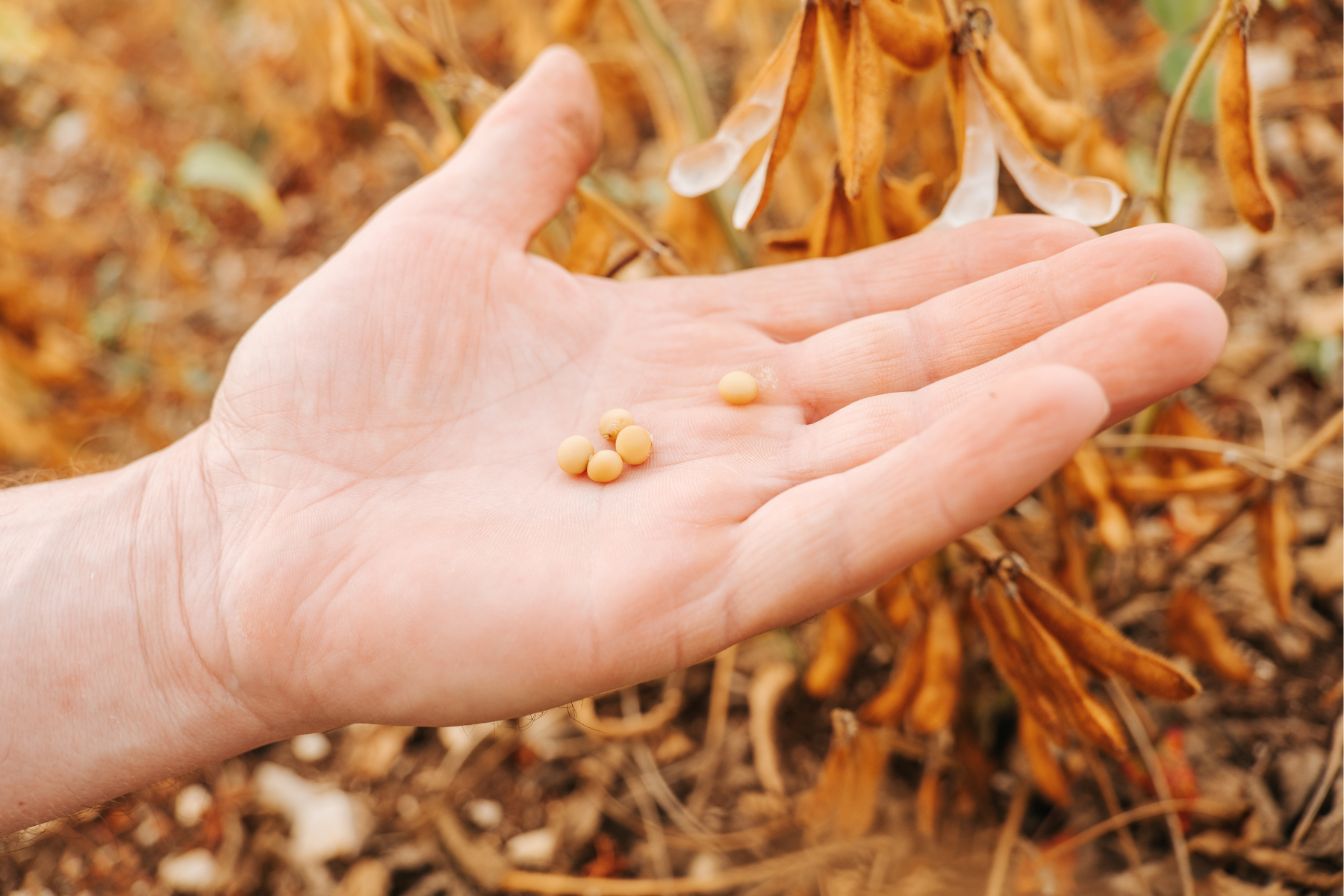Maintaining healthy crops and achieving optimal yields require vigilance and effective management of various pests and diseases. In this article, we will discuss three significant challenges farmers often face: Phytophthora in soybeans, spider mites, and the Western bean cutworm in corn. Understanding these threats and implementing appropriate control measures can help safeguard your crops and enhance productivity.
Section 1: Phytophthora in Soybeans
Understanding Phytophthora: Phytophthora root and stem rot, caused by the oomycete pathogen Phytophthora sojae, is a serious disease that affects soybeans. This pathogen thrives in wet, poorly-drained soils and can cause severe yield losses if not managed properly.
Identification:
- Symptoms: Look for brown, water-soaked lesions on stems near the soil line, root rot, and wilting plants. Young plants might exhibit damping-off, while older plants show stunted growth and yellowing leaves.
- Field Diagnosis: Confirm the presence of P. sojae through laboratory testing, as its symptoms can resemble other root diseases.
Management Strategies:
- Resistant Varieties: Plant soybean varieties resistant to P. sojae. Genetic resistance is one of the most effective ways to manage this disease.
- Improved Drainage: Ensure proper field drainage to reduce soil moisture levels, as waterlogged conditions favor pathogen growth.
- Crop Rotation: Rotate soybeans with non-host crops like corn or small grains to break the disease cycle.
- Seed Treatments: Use fungicide-treated seeds to protect seedlings from early infections.
Section 2: Spider Mites
Understanding Spider Mites: Spider mites are tiny arachnids that feed on plant sap, causing significant damage to various crops, including soybeans and corn. Thriving in hot, dry conditions, they can rapidly multiply and lead to widespread infestations, typically appearing in mid-August.
Identification:
- Symptoms: Look for stippling or yellow speckling on leaves, webbing on the undersides of leaves, and general plant stress. Severe infestations can lead to leaf drop and reduced photosynthesis.
- Field Diagnosis: Use a hand lens to inspect the undersides of leaves for mites and their characteristic webbing.
Management Strategies:
- Monitoring: Regularly scout fields, especially during hot, dry periods. Early detection is crucial for effective control.
- Biological Control: Promote natural predators like ladybugs and predatory mites. Avoid broad-spectrum insecticides that harm beneficial insects.
- Miticides: Apply miticides if infestation levels exceed economic thresholds. Rotate miticides with different modes of action to prevent resistance.
- Cultural Practices: Maintain healthy crops through proper irrigation and fertilization. Avoid water stress, as stressed plants are more susceptible to mite infestations.
Section 3: Western Bean Cutworm in Corn
Understanding Western Bean Cutworm: The Western bean cutworm (WBC), Striacosta albicosta, is a pest that primarily targets corn and dry beans. The larvae feed on corn ears, reducing grain quality and yield. Due to the mild winter we’ve experienced, WBC infestations are predicted to be an issue this year.
Identification:
- Symptoms: Inspect corn ears for feeding damage and presence of larvae. Look for chewed kernels and frass (insect excrement) in the ear tips.
- Field Diagnosis: Use pheromone traps to monitor adult moth populations and time insecticide applications effectively.
Management Strategies:
- Bt Corn: Plant Bt corn hybrids that express Cry proteins toxic to WBC larvae. Ensure that the Bt trait targets WBC.
- Scouting: Monitor fields during the moth flight period (July-August) and inspect corn ears for eggs and larvae.
- Insecticides: Apply insecticides if larval populations reach economic thresholds. Timing is critical, as treatments are most effective when larvae are small.
- Crop Rotation and Tillage: Rotate crops and implement fall tillage to reduce overwintering larvae in the soil.
Key Takeaway
Effectively managing Phytophthora in soybeans, spider mites, and Western bean cutworm in corn requires a combination of resistant varieties, cultural practices, and targeted chemical applications. By understanding the biology and behavior of these pests and diseases, farmers can implement proactive and integrated management strategies. Regular monitoring, timely interventions, and adopting sustainable practices will help protect your crops, ensuring healthy growth and maximizing yields. Stay vigilant and adaptable to keep your fields thriving despite these challenges.




